31 smarter travel choices you can make this year
How to travel more sustainably this year and beyond

Consider the impact of overtourism
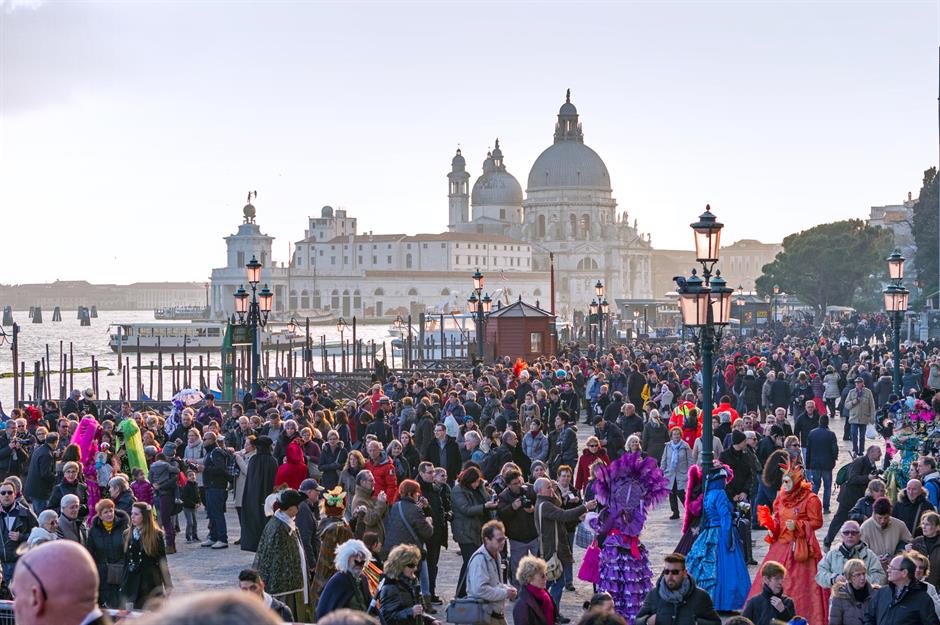
The world is a big place, but still select destinations are straining under the weight of ever-surmounting visitor numbers. Venice, Iceland, Peru’s Machu Picchu and Thailand’s Koh Tachai island are just a handful of places that have felt the full force of overtourism in recent years – the latter even imposed an outright tourism ban in 2016. Go beyond the obvious hotspots and swap out typically crowded places for those more dependent on visitors. Local communities in the Caribbean are especially reliant on the GDP that comes from tourism.
Explore more destinations that don't want tourists – and where to go instead
Plump for a sustainable destination

Some places are leaps and bounds ahead when it comes to protecting the environment, natural resources and local customs. Plump for a destination that champions sustainability and has a robust tourism management plan, so that both you and local residents will get more from your visit. A great example is the western Pacific archipelago of Palau (pictured), which requires visitors to sign an eco-pledge upon their arrival. Other destinations, such as Jordan's Azraq Wetland Reserve and Normandy in France were recognised for their good practice in the Green Destinations Story Awards 2023.
Travel off peak
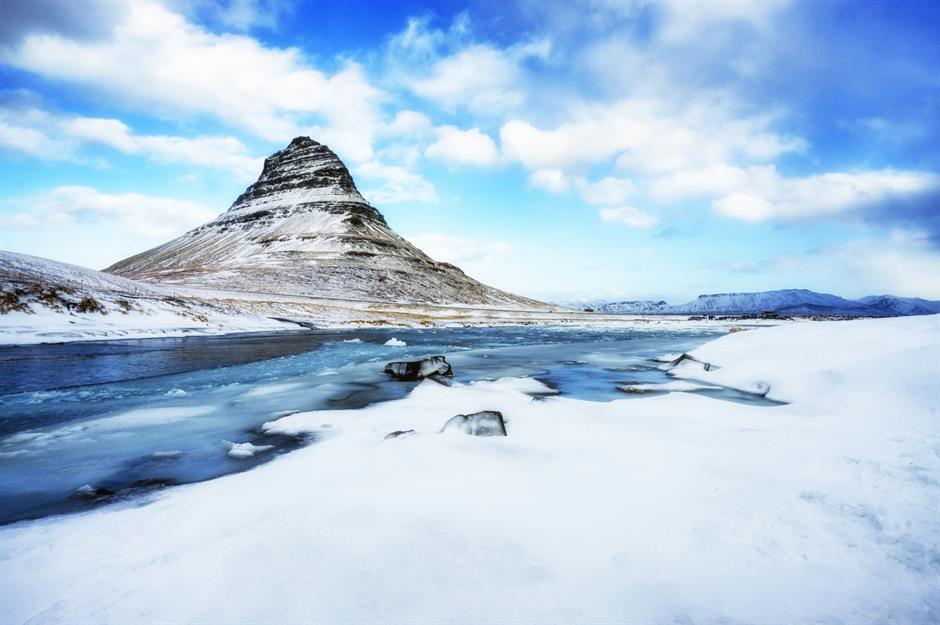
Overtourism is a complex issue, and boycotting destinations that rely heavily on their tourism industry is not always the best option. If your heart is set on seeing Venice’s canals or drinking in Iceland’s volcanic landscapes and compact capital, consider travelling outside the peak season – Venice’s low season, for example, is between November and March (excluding major events), while it’s best to travel to Iceland outside of summer. This eases the pressure on the destination’s infrastructure and local residents, and ultimately makes for a more pleasant experience for the traveller too.
Take the train

It’s not always possible, we know, but if you can reach your chosen destination by train rather than plane, you’ll dramatically reduce your carbon emissions. And if you're travelling within France, the country recently banned short-haul domestic flights where the same journey by rail can be taken in under two-and-a-half hours. Europe's railways are generally incredibly well-connected, with new routes including the European Sleeper service from Brussels to Berlin and the Nightjet from Stuttgart to Rijeka in Croatia. If you’re in the States, Amtrak is set to develop its growing network over the next few years too.
Fly directly if you can
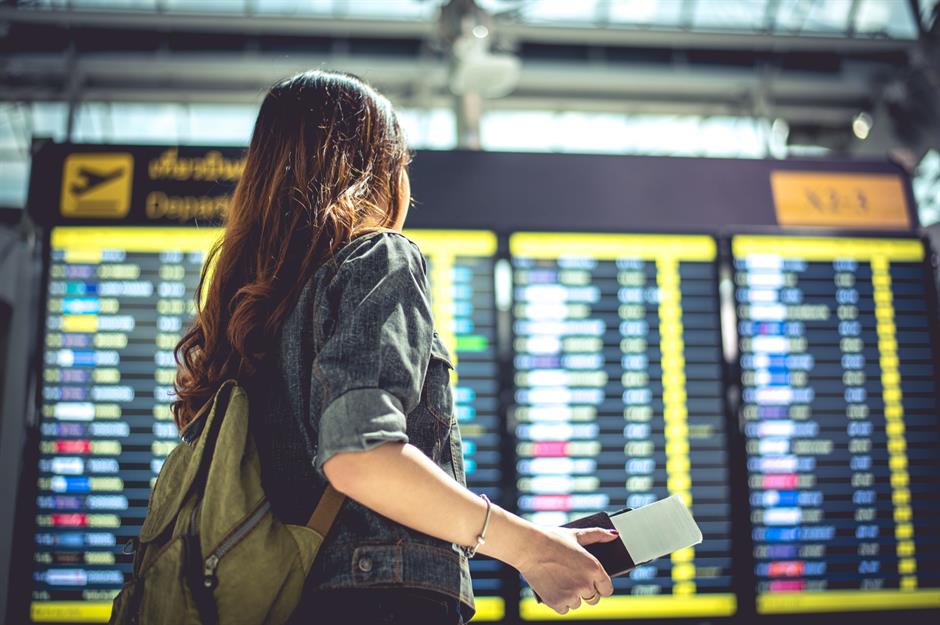
While multiple stopovers might help pinch some pennies, when it comes to the environment, a direct flight is generally the best option. This is because around 25% of an aircraft’s emissions come from the take off-landing cycle (including taxiing). If it’s possible to do so, skip the layover and settle in for the long haul.
Love this? Follow us on Facebook for more responsible travel tips and features
Choose your airline carefully

It’s no secret that aviation is a big pollutant, but some airlines are doing more to combat this negative environmental impact than others. According to CNN, the likes of Virgin Atlantic, KLM, Air Canada and easyJet are all aiming to hit net-zero carbon emissions by 2050, while the latter was also the first airline in Europe to offer free carbon-offsetting to its passengers.
This is what it's like to stay at the world's first 'net-zero carbon hometel'
Slow down

Consider green modes of transport

It may sound obvious, but making use of public transport over taxis or a hire car is an easy way to reduce your carbon footprint on the ground. Research metro systems, city buses and tram services before you set off and, if you fancy blowing off some cobwebs, check whether your destination has a bike-sharing scheme. In some cities, UberX Share is a great option too. If a hire car is your only choice, you could opt for a hybrid or electric model – EV-friendly road trips have never been easier.
Beware of green-washing

While buzzwords such as “eco” and “green” can sound impressive, it’s worth digging a little deeper to discover whether these descriptions ring true, or if they’re just deceptive marketing ploys. After all, these terms mean nothing if they’re not backed up by concrete actions. Don’t be afraid to ask for specific information about a company’s eco-friendly practices – if the answers seem vague or woolly, chances are the hotel or tour operator is not as “green” as it boasts. Consumers have the power to hold companies accountable for their misleading claims.
Opt for accommodation with eco credentials and a responsible ethos

Look for accommodations that employ local people, serve locally sourced food and have a written environmental policy: this could include things such as how they deal with wastewater, their approach to heating/cooling the premises and/or their involvement in local conservation projects. Accreditations including those from the US Green Building Council (look out for properties that are LEED certified), the Rainforest Alliance and Green Tourism (UK) are all great indicators. Pictured here is Six Senses Fiji, which is renowned for its sustainability efforts.
Go local when it comes to tours

As with hotels, your choice of tour operator can have a significant impact on the destination you’re visiting. Operators like G Adventures, for instance, work closely with local communities, hire local guides and champion local accommodation (such as homestays). Choosing these types of tours ensures more of your money will go back into the local economy, rather than to a travel industry behemoth from abroad. By spending time with those who live there, you’ll also have a better understanding of the place you’re visiting.
Do your homework before you book a tour
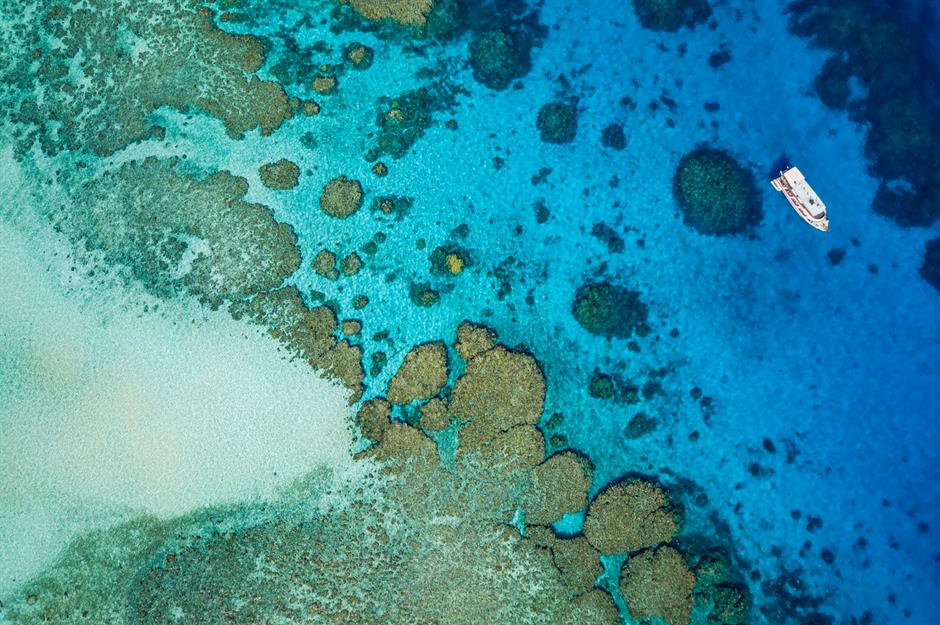
Before you settle on a tour operator, do some research into their green credentials. Find out, for example, if they’ve abolished single-use plastic, if they use green forms of transport, or if they’re heavily involved with/donate to local conservation efforts and environmental projects. Check they carry out their tours responsibly too, being mindful of fragile ecosystems (including in national parks and marine habitats such as the Great Barrier Reef) and respectful of local communities and wildlife.
Leave no trace

Give constructive feedback

If you’ve embarked on a tour that you feel has some legwork to do when it comes to sustainability, don’t be afraid to say so – and, if you can, encourage your fellow tour-goers to do the same. After all, if a company knows that tourists value responsible and sustainable travel, they’re much more likely to prioritise it in the future.
Know which animal experiences to avoid

Especially if you’re an animal lover, you may be tempted to get up close to wildlife on your travels – but, as a general rule, wildlife-watching tours that allow visitors to pet, feed or even ride wild animals do not have the creatures’ best interests at heart. These experiences can also pose a danger to tourists. Elephant rides, which put physical and mental strain on the animal, are a definite no-no, as are experiences where creatures (such as captive bears, dolphins or orcas) are trained to dance or perform tricks.
Be choosy when it comes to wildlife tours

It’s still possible to have incredible wildlife experiences on your travels, though. Swap tours that manipulate animal behaviour for those that allow you to see creatures in their natural habitat. Make sure your tour is operated by expert local guides with strict guidelines (including maintaining a safe distance from animals), and plump for those that operate in smaller groups to minimise impact on the wildlife. Responsible Travel has a huge curated collection of ethical wildlife tours around the world, from spotting polar bears in Churchill, Canada to tigers in northern India.
Visit animal sanctuaries

Genuine sanctuaries are there to care for animals that have been orphaned, rescued or injured, and are not there to entertain humans. That means you should be suspicious of places that allow visitors any sort of direct contact with the animals or have extra-long visiting hours. Reputable sanctuaries will generally not breed animals and will house them in large spaces as close to their natural habitat as possible. Look for accreditation from the Global Federation of Animal Sanctuaries (GFAS), whose members must adhere to a strict code.
Discover how tourism can support Thailand’s ethical elephant sanctuaries
Be mindful when visiting Indigenous communities

Done the right way, visiting Native communities can be an enriching experience for both parties – a chance for the traveller to learn about a new culture, and for the Indigenous peoples to share their heritage and traditions and earn money while doing so (pictured here are the Himba women of Namibia performing a dance at dusk). Done the wrong way, however, it can become an exercise in exploitation. Funds will likely fall into the hands of outside companies, rather than Native peoples themselves, and your visit will probably pass without any meaningful or beneficial exchange with the local community.
Be mindful when visiting Indigenous communities

To avoid this, make sure you choose your tour operator carefully. Ask questions about the Indigenous community’s involvement in setting up the tourism project and how they benefit from it; read the company’s responsible tourism policy (if they don’t have one, that’s a red flag); and ensure that the Native community fully consents to you being there. When on the ground, listen carefully to information about local customs and respect these at all times. Pictured here is a scene from the 26th Annual Kahnawake Mohawk Pow Wow, held on the Kahnawake Mohawk Territory in 2016.
Be a considerate photographer

In an age of smartphones and selfies, it’s all too easy to snap a quick pic without consideration for its subject. But, especially when visiting Indigenous communities, you should always ask first. You’ll ultimately get much more from the exchange if you do. It was also reported that, between January 2008 and July 2021, that at least 379 people died in their quest to take a selfie. Needless to say, that Instagram-perfect shot of you perched precariously on a cliff or jumping into a lake without knowing its depth is simply not worth it.
Be wary of "voluntourism" initiatives
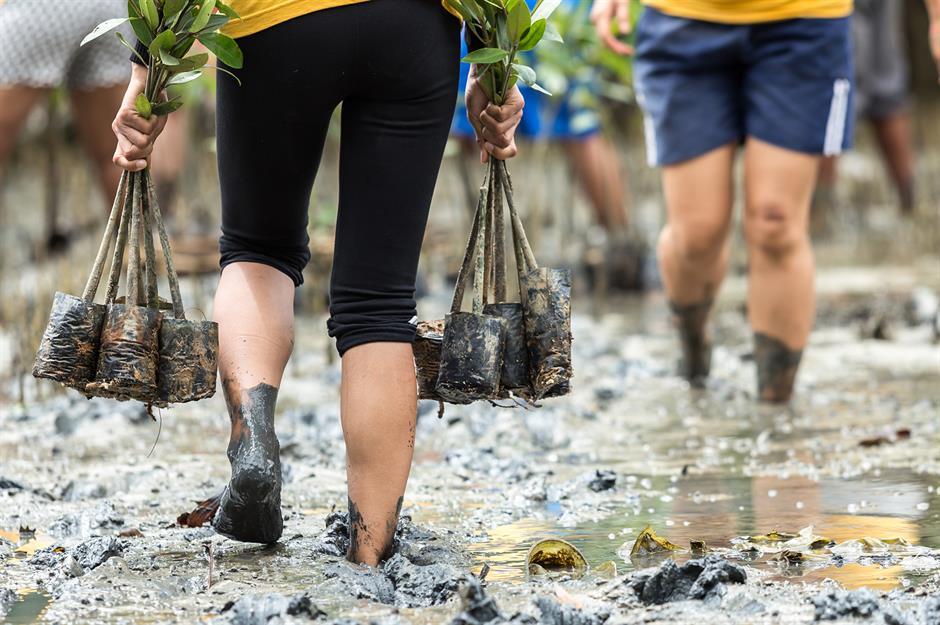
While it’s natural to want to “give something back” on your travels, the reality is – unless you have a specific and required skill set – your contribution could do more harm than good, ultimately taking work from local people or perpetuating neo-colonialism. Much has been written, for example, about the detrimental effects of volunteering in orphanages. There are other ways to have a positive impact on the communities you’re visiting, though. Check out initiatives such as Pack for a Purpose, which advises travellers with space in their suitcase on the specific supplies needed by local communities.
Choose your cruise liner with care

There’s no escaping the fact that giant cruise ships can have a negative impact on both the environment and the communities they’re visiting – Venice has even placed a ban on cruise ships entering its historic city centre. But some lines fare better than others when it comes to sustainability – and, if you're planning a cruise, it’s worth seeking them out. Hurtigruten, for example, launched the world’s first hybrid-powered cruise ship in 2019, while Havila Voyages' fleet can sail on battery power for four hours with zero emissions.
Learn more about Havila Voyages, the eco-conscious Arctic cruise line
Consider a small-cruise holiday
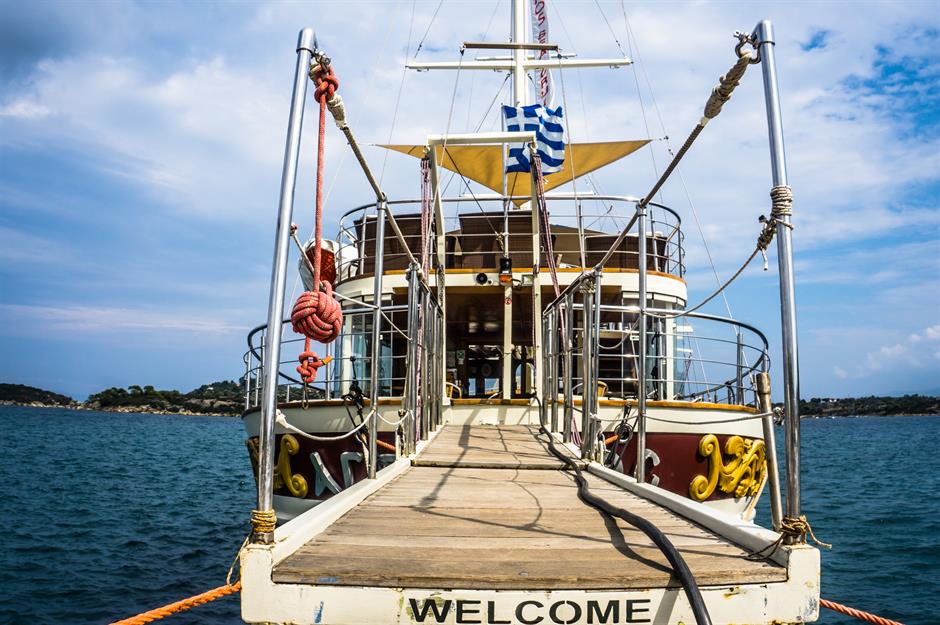
Eat local

A delicious way to sample a destination’s culture – and benefit the local community you’re visiting – is to eat local. Abandon global chains and resort restaurants in favour of locally owned cafés, restaurants and street-food stalls that champion local produce and ingredients. You’ll be injecting your tourist pounds or dollars directly into that region's economy, and the food won’t have travelled for thousands of miles to your restaurant of choice either. Here men cook takoyaki, a traditional street food in Osaka, Japan.
Shop local too
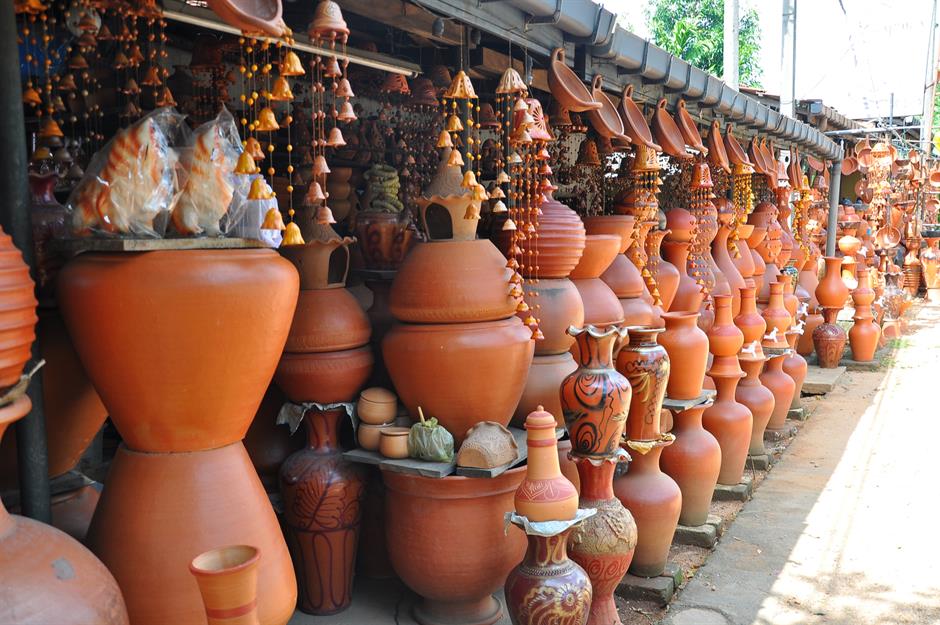
Be smart when it comes to plastic
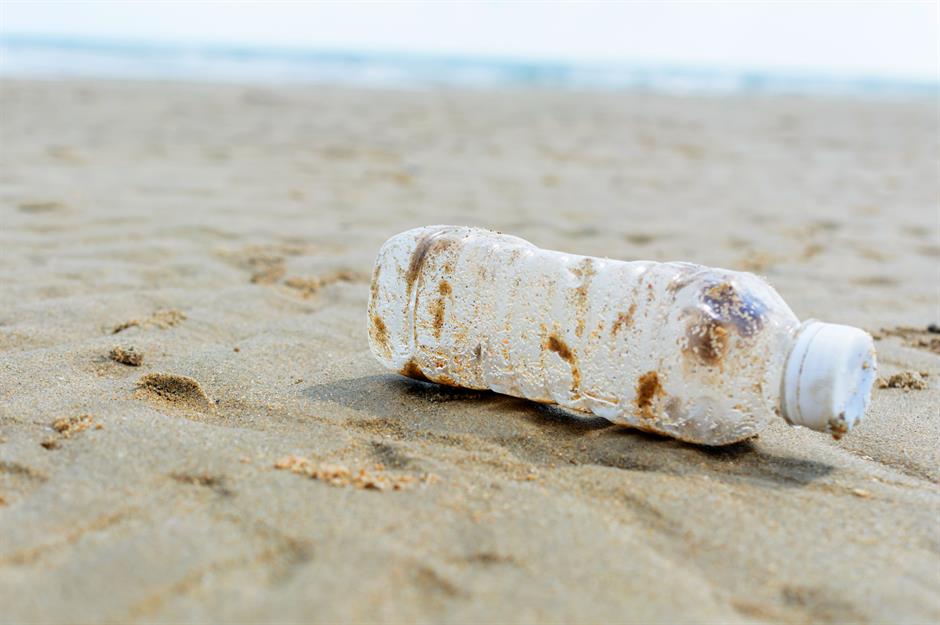
Reduce the amount of single-use plastic you get through by making room for some reusable items in your suitcase. Staples include a reusable water bottle or canteen, a reusable coffee cup and a reusable shopping bag. Dispose of any excess packaging on new clothing or travel gear before you reach your destination too – it’s best to get rid of any rubbish where you’re familiar with the recycling and waste-disposal practices.
Filter your own water
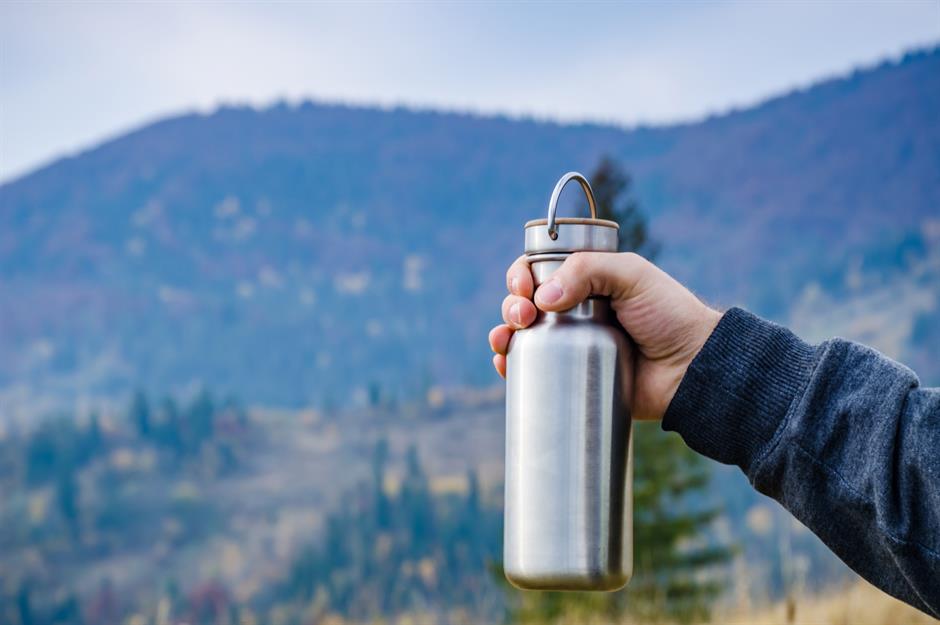
Even if the tap water at your destination is undrinkable, you can still avoid purchasing multiple single-use plastic bottles. Beyond filling up on filtered water at your accommodation, you can also invest in water purification tablets or a water-filtering system of your own – Katadyn’s Steripen Classic 3 comes highly recommended.
These amazing tourist destinations are being ruined by trash
Use ocean-friendly sunscreen

The sun is shining and you’ve slathered on plenty of factor 50 to avoid a pink nose and peeling skin. But did you know that some ingredients used in sunscreens are harmful to marine life such as corals? Two of the main offenders are chemicals oxybenzone and octinoxate, so steer clear of sunblocks that contain these if possible. The offering from eco-conscious brand Green People is a top pick.
Avoid all-inclusive resorts? The jury is still out

Organisations like Responsible Travel have spoken out about the negative impacts of all-inclusive resorts. Belly-busting buffets discourage guests from dining at local restaurants and travellers are less likely to prize themselves away from the pool to go in search of local attractions or tours. This means that mammoth resorts, usually owned by overseas companies, guzzle up money from tourists that could be going into the local community. However, experts also argue that all-inclusive resorts might be a highly sustainable way to accommodate mass tourism – when done right.
Think about how and what you share with others
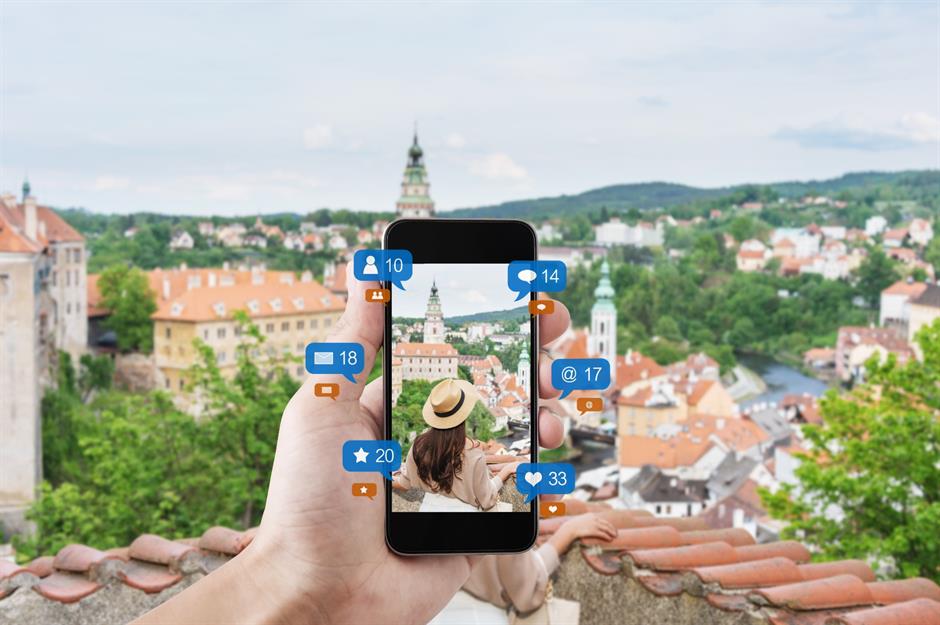
We all do it – posting travel snaps on social media to 100-plus followers, gushing about how “idyllic” a place is. It may feel innocent at first, but it could result in more harm than we realise. The Last Tourist, a new documentary exec-produced by G Adventures founder Bruce Poon Tip, shows how word-of-mouth can turn once-unspoilt havens into destinations overrun with tourism. So, instead of sharing exactly where we go, maybe we can use our voices to transmit messages of more ethical, sustainable ways to travel instead. Remember: chase the experience; not the photograph.
Check your unconscious consumption

While it’s only natural to want to soak up all the creature comforts that come with being on holiday, we also need to be mindful of the ripple effect our overindulgence can have on the places we visit and their people. For example, taking more showers – especially in destinations prone to drought – isn’t ideal. Not only does the actual act of showering or bathing use more water, but the resources required to launder fresh towels is considerable too, so refuse housekeeping when possible. After all, would you use a new towel every day if you were at home?
Become a tourist in your own backyard
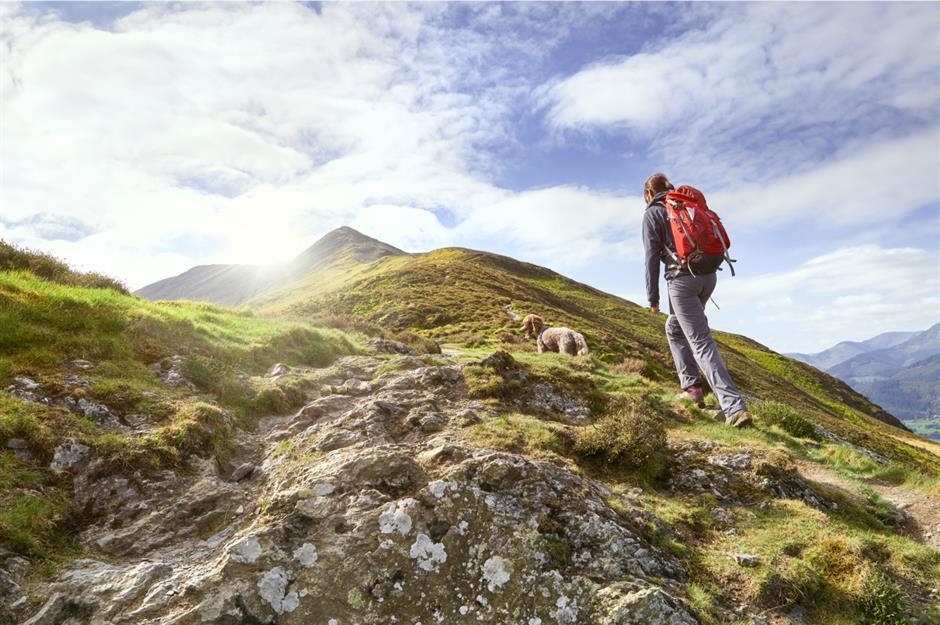
One of the best – and often most rewarding – ways to travel more sustainably is to rediscover the charms of your home country. A "staycation" means you'll have no need to take that long-haul flight, instantly lowering the carbon footprint of your holiday, and you'll no doubt save some money too. You just might be surprised by the hidden attractions you uncover on home soil.
Now read on for 31 ways humans are negatively impacting Planet Earth
Comments
Be the first to comment
Do you want to comment on this article? You need to be signed in for this feature